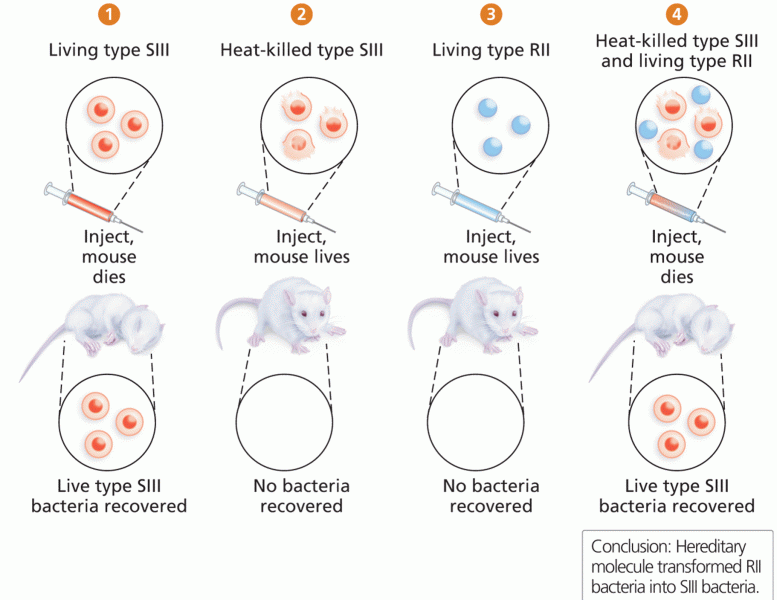This topic contains a solution. Click here to go to the answer
|
|
|
Did you know?
Elderly adults are living longer, and causes of death are shifting. At the same time, autopsy rates are at or near their lowest in history.
Did you know?
People about to have surgery must tell their health care providers about all supplements they take.
Did you know?
Illicit drug use costs the United States approximately $181 billion every year.
Did you know?
When blood is deoxygenated and flowing back to the heart through the veins, it is dark reddish-blue in color. Blood in the arteries that is oxygenated and flowing out to the body is bright red. Whereas arterial blood comes out in spurts, venous blood flows.
Did you know?
The ratio of hydrogen atoms to oxygen in water (H2O) is 2:1.







